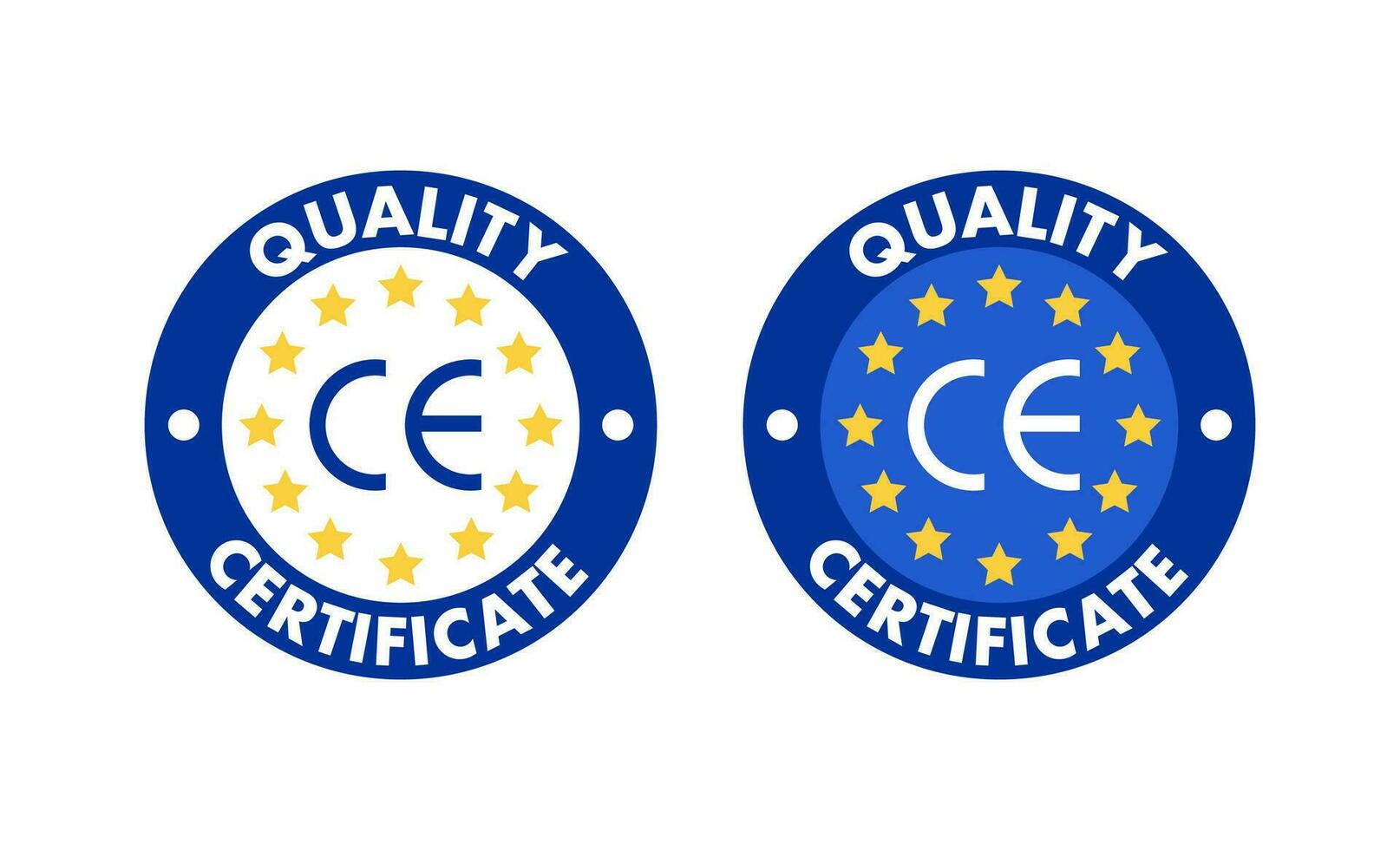What are Surge Tests?
Surge Tests are electrical tests performed on electrical equipment, devices, and systems to assess their ability to withstand electrical surges, spikes, and transients. These surges are often caused by lightning strikes, power line crossings, or sudden changes in the electrical load. Surge tests simulate these events to ensure that the equipment can handle unexpected voltage spikes without sustaining damage or malfunctioning.
Surge testing is critical for electrical components such as transformers, circuit breakers, power supplies, and other sensitive electronics to ensure their reliability and safety in real-world conditions.
- Types of Surge Tests
High Voltage Surge Test:
This test applies a high voltage surge to electrical components to determine their tolerance to voltage spikes and ensure their insulation is capable of handling such surges without breakdown.
Transient Surge Test:
This test simulates the rapid electrical surges that can occur in electrical circuits, checking the system’s response and ability to absorb or mitigate the surge without affecting performance.
Lightning Surge Test:
Specifically designed to simulate the impact of lightning strikes on electrical systems, this test helps assess the equipment’s ability to protect itself from high-energy surges resulting from nearby lightning.
Switching Surge Test:
This test simulates the surge that occurs when electrical systems are switched on or off. It helps determine if electrical components can handle the transient surges created during switching operations.
- Uses of Surge Tests
Ensuring Equipment Longevity:
Surge tests help manufacturers and companies ensure that their electrical products can handle sudden voltage changes, preventing premature failure and ensuring a longer product lifespan.
Compliance with Standards:
Surge tests are often required to comply with international and local safety standards, such as IEC 61000 and IEEE 62, ensuring that electrical equipment meets regulatory requirements for surge immunity.
Protection Against Electrical Damage:
These tests are essential for assessing the capability of electrical equipment, like circuit boards, transformers, and power supplies, to protect against power surges, which could otherwise lead to costly damage or failure.
Validation of Surge Protection Systems:
Surge tests validate the effectiveness of surge protection devices (SPDs) and systems in protecting sensitive equipment from electrical surges and transients, such as those caused by lightning strikes or electrical grid fluctuations.
Testing for High-Risk Environments:
Surge testing is essential for equipment used in high-risk or critical environments, such as hospitals, data centers, and industrial plants, where the impact of surge damage can be catastrophic.
- Benefits of Surge Tests
✅ Improved Equipment Reliability:
Surge tests ensure that electrical equipment can withstand unexpected voltage surges without failure, which is critical for ensuring the reliability of devices in everyday operations.
✅ Protection Against Equipment Damage:
By testing for surge resistance, these tests help prevent damage to valuable equipment, reducing the risk of costly repairs or replacements due to electrical spikes.
✅ Compliance with Safety Standards:
Surge testing ensures that electrical products meet industry standards and regulations, helping manufacturers avoid legal or compliance issues while ensuring product safety.
✅ Increased Product Longevity:
Surge testing helps ensure that electrical components and systems are durable and able to operate for extended periods, making them a more reliable choice for consumers and businesses alike.
✅ Enhanced Consumer Trust:
Products that undergo rigorous surge testing and meet safety standards are trusted by consumers, enhancing brand reputation and fostering consumer confidence.
✅ Reduced Downtime in Critical Systems:
Surge protection systems that pass surge tests help avoid system downtime in critical environments such as hospitals, manufacturing plants, and data centers, where continuous operation is essential.
- How Surge Tests Are Conducted
Selection of Surge Parameters:
The test is designed by selecting the specific surge parameters, including voltage, duration, and waveform, that simulate real-world surge conditions, such as lightning strikes or power grid transients.
Surge Application:
The electrical device is exposed to the selected surge parameters, either using a surge generator or applying simulated lightning or switching surges, depending on the type of test.
Measurement of Equipment Response:
During the test, the equipment’s performance is monitored to ensure it operates correctly or responds appropriately to the surge. The system is assessed for any faults, damage, or malfunction that might occur during the surge.
Post-Test Analysis:
After the surge test, the device is inspected for any signs of damage or failure. Performance data is collected, including voltage, current, and system functionality to assess whether the equipment meets the surge resistance standards.
- Conclusion
Surge Tests are crucial for ensuring that electrical systems and devices can handle the unexpected voltage spikes and surges that occur in real-world environments. These tests verify that equipment is designed to withstand sudden electrical disturbances, preventing damage, enhancing reliability, and ensuring compliance with safety regulations. By performing surge tests, manufacturers and businesses can improve product quality, safeguard against equipment failure, and enhance consumer confidence in the durability and performance of their electrical products.


